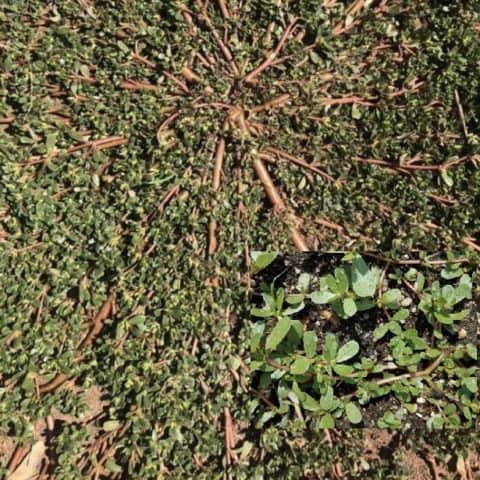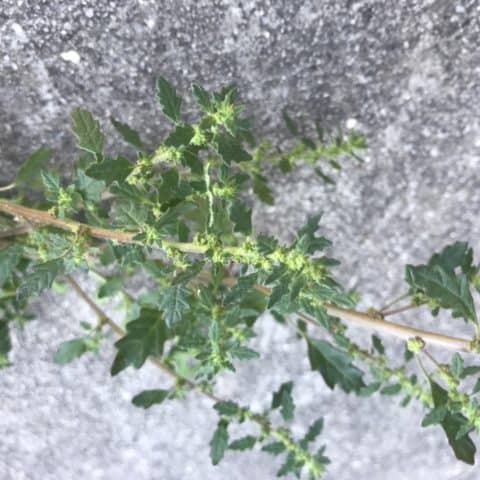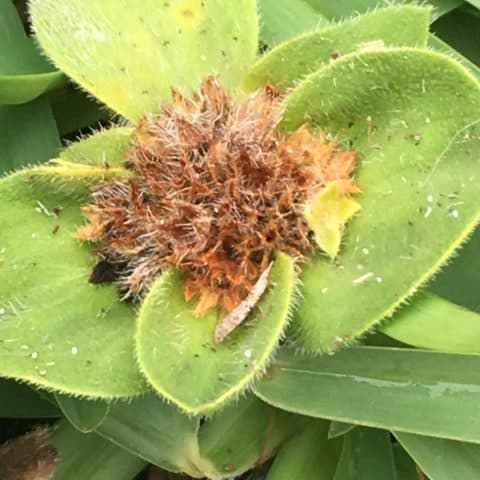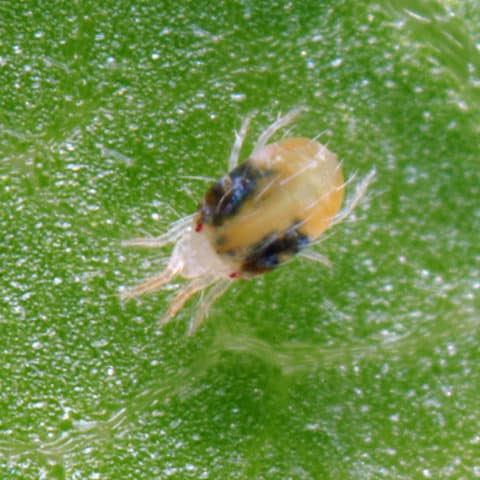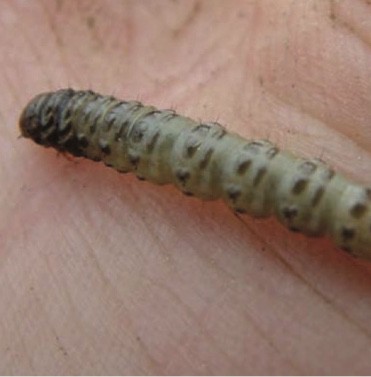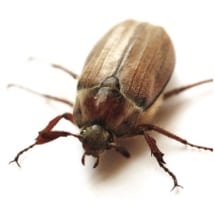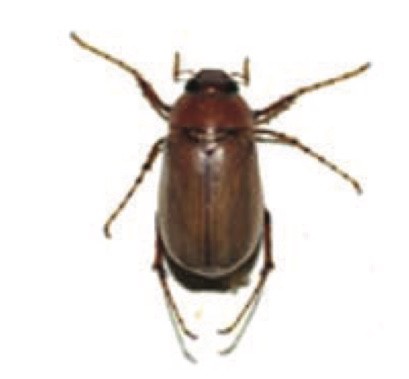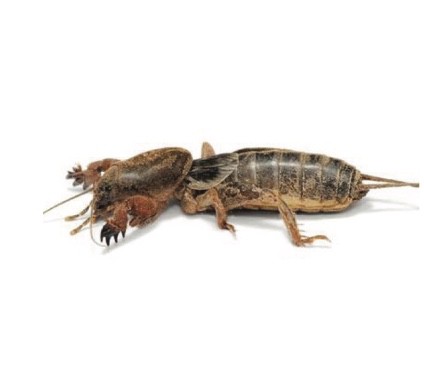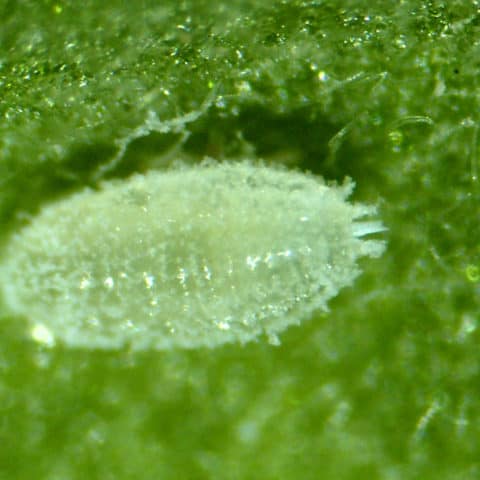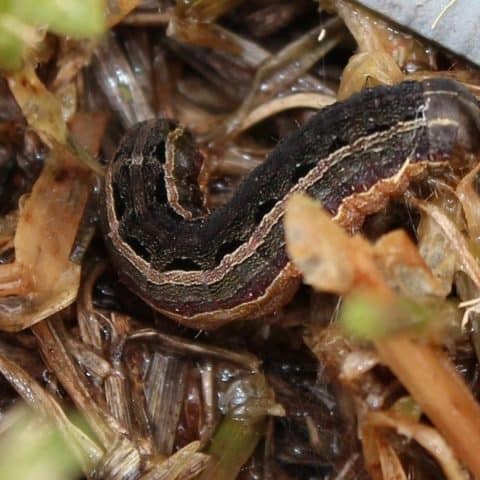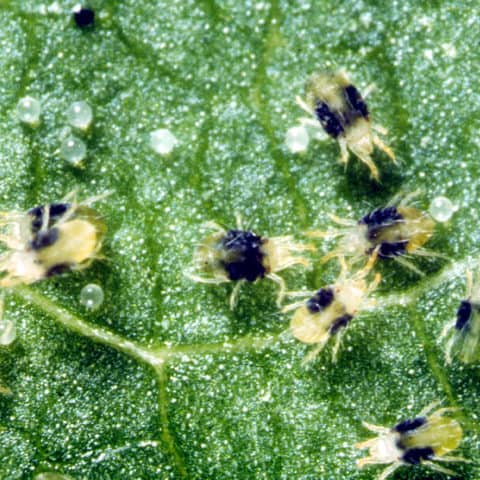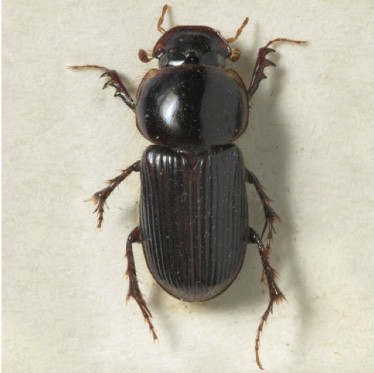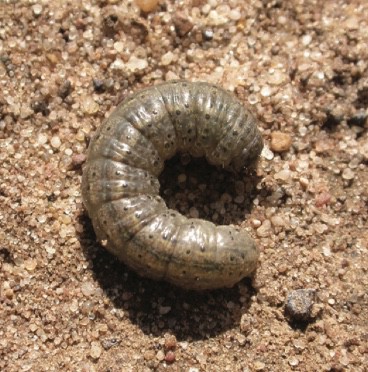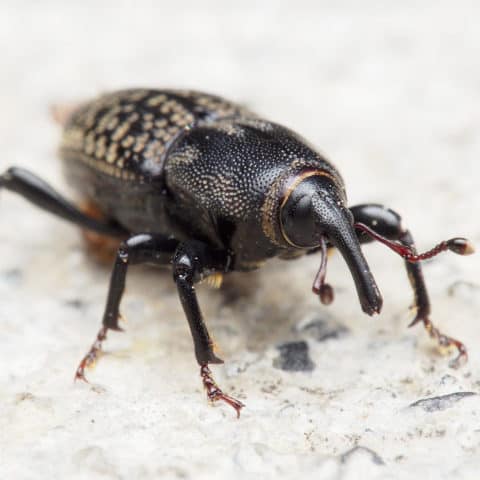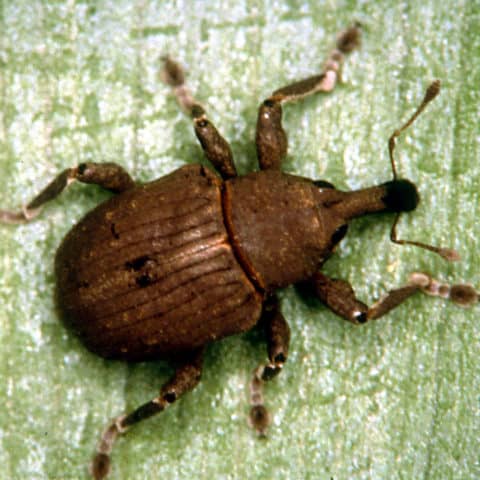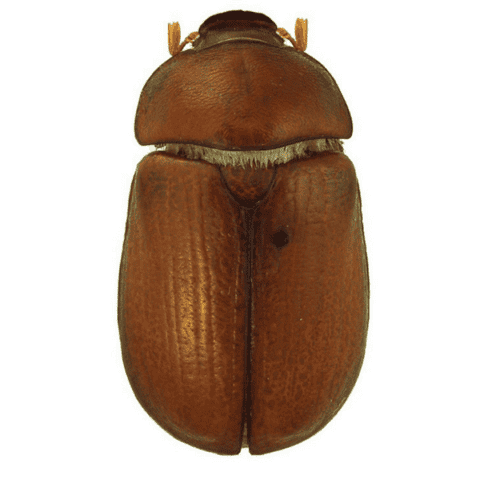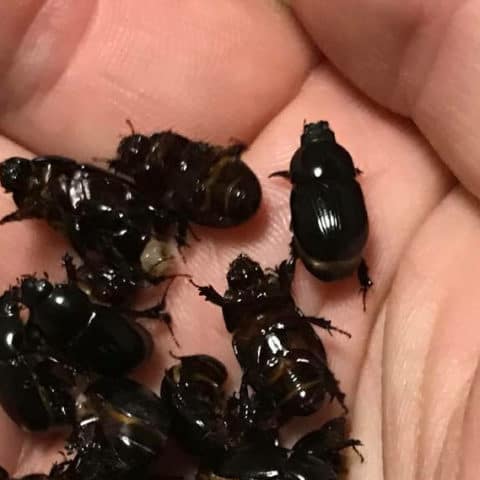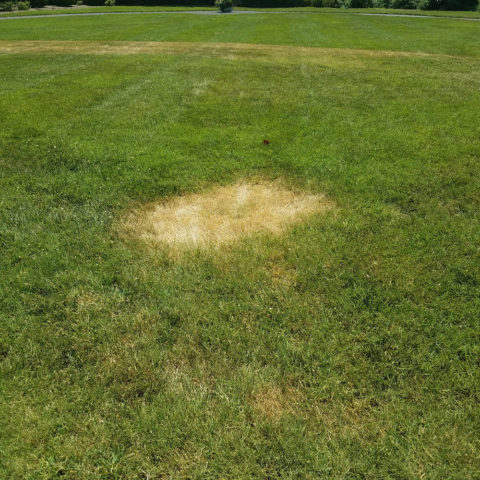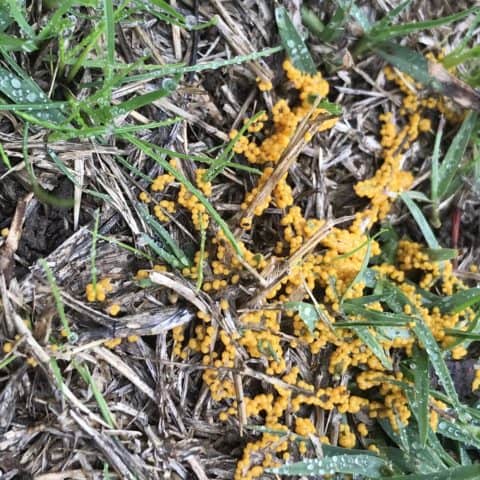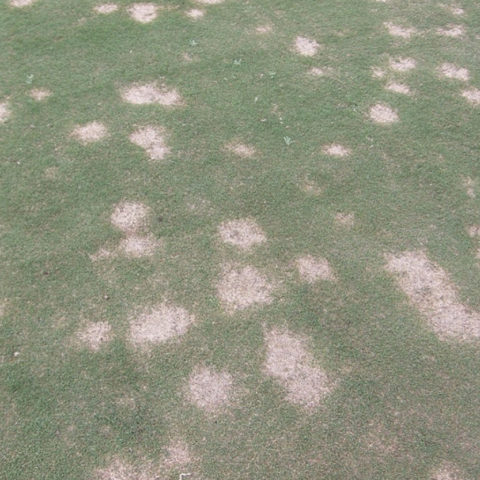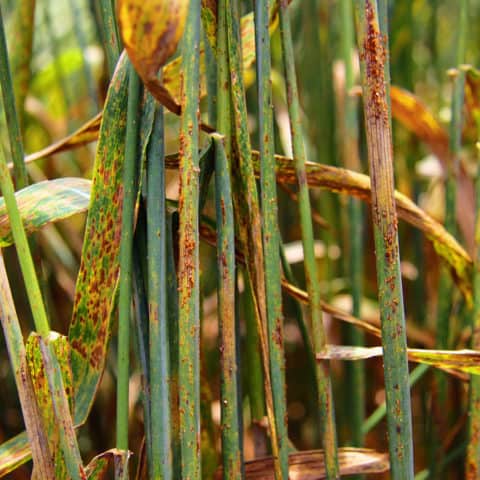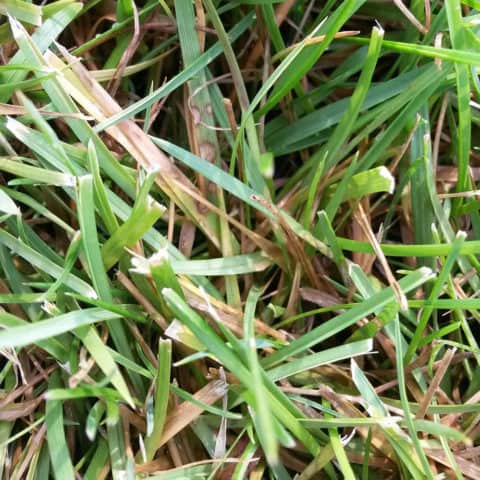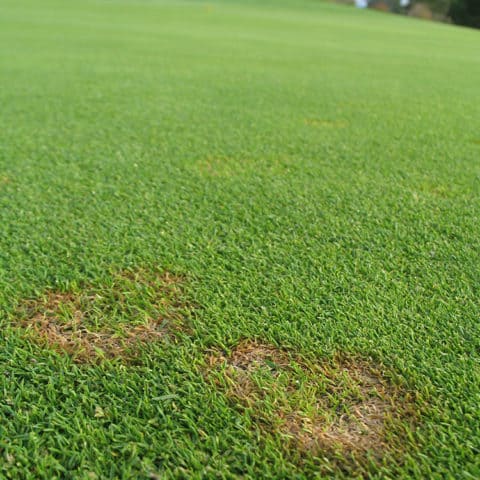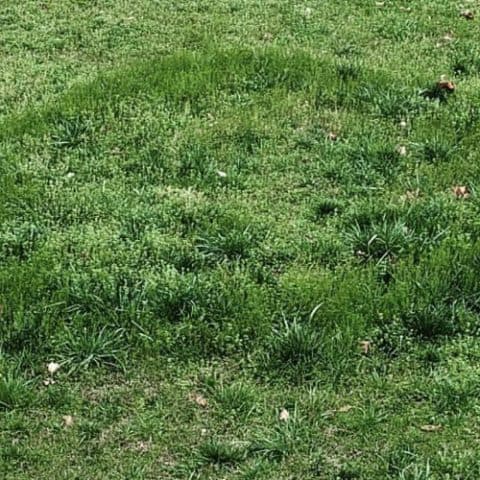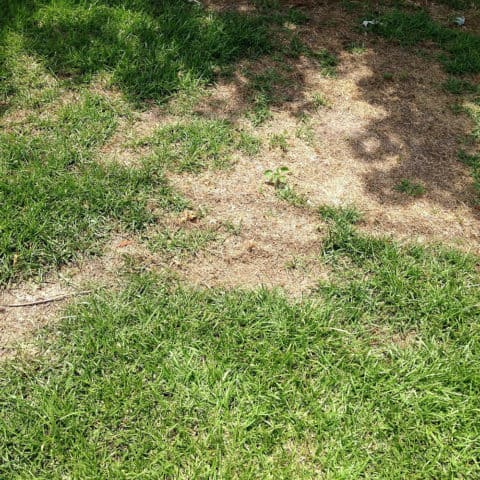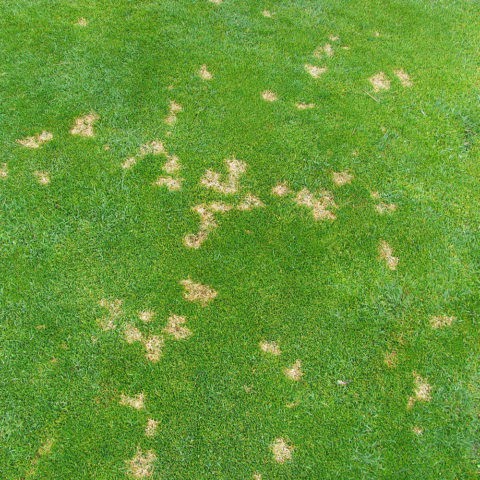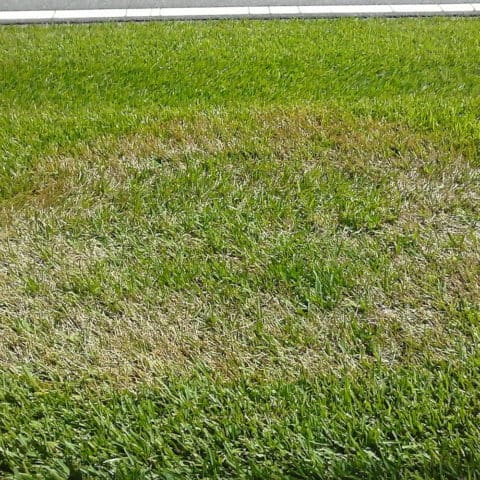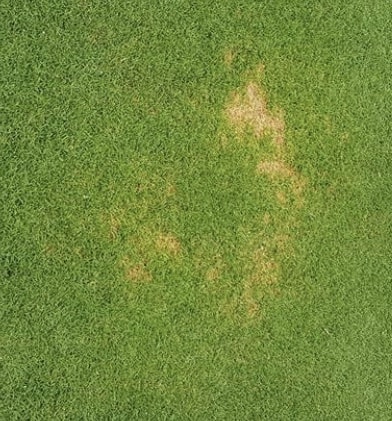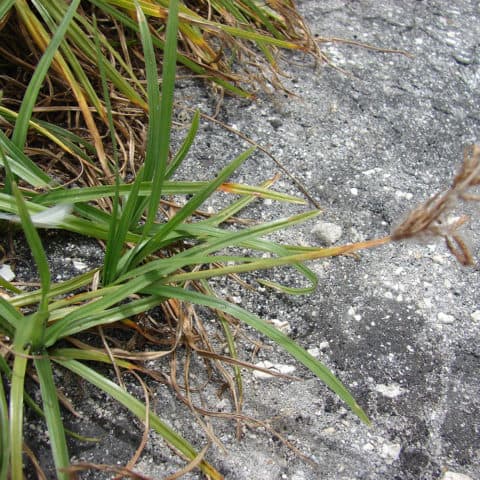Lawn Addicts News
Purslane/Portulaca
Purslanes and Portulaca are a low growing 0 to 200mm high, a prostrate to decumbent often flowing succulent annual weed. Stems and runners are normally soft and pink to brown in colour. They are very common in a variety of soil types especially after having been recently disturbed. There are many varieties of this weed …
Read moreCrested Goosefoot
Crested Goosefoot also know as Crested Crumbweed, is a lower growing prostrate or spreading weed, it can grow 30cm tall. Leaves leave are alternating along the reddish stems and when crush are quite aromatic. Stems are not woody and spreads quickly from the crown and one main thick tap root, from this numerous course roots …
Read moreRichardia Brasiliensis (White Eye)
Richardia is an annual spreading prostrate weed, often growing to 50-60 cm across and 10 cm tall. This species of Richardia is quite common in Australia it has a thick white central tap root usually contorted from the crown of the plant. The crown is made up of green prostate stems, many branched with very …
Read moreTwo Spotted Mite
Two Spotted Mite (Tetranychus urticae) larve hatches from the egg has six legs, is pale yellowish-white, oval and minute. The larva moults to become an eight-legged nymph, which becomes the mature mite after two further moults. The adult female is about 0.5 mm long and the adult male is about 0.3 mm long. In the …
Read moreSod Webworm
Sod Webworm (Herpetogramma licarsisalis) is a relatively thin caterpillar up to 25 mm long, with a pale green-brown body that is marked with characteristic dark spots along its length. When mature the adults become a slender-bodied moth with a wingspan of 2.5 cm. Their wings are grey with black spots and transverse dark, wavy lines. …
Read moreRedheaded Cockchafer
The adult beetle is approximately 13 to 15 mm long and about 8 mm wide and dark brownish-black in colour. The cockchafer grub, which causes lawn damage, is the larval stage of the Redheaded Cockchafer life cycle. The Redheaded Cockchafer, Adoryphorus couloni (Bermeister), is periodically a common pest, especially in areas of south-west and central …
Read morePruinose Scarab
When mature the adult beetle possesses a dark-brown to black body up to 16 mm long and has a unique set of antenna with large club-like ends. The underside of the body is covered in short grey hairs. The Pruinose Scarab (Sericesthis germinate) larva is a white to creamy-white soft-bodied grub, up to 20 mm …
Read moreMole Cricket
The mole cricket (Gryllotalpa spp. & Scapteriscus spp.) is a brown long insect pest with a hard, shiny head, wings and body up to 50 mm long. They have large front legs with jagged claws for digging, and strong l hind legs that are used for removing loose soil while burrowing. Egg laying has been …
Read moreMealybug
Found in warmer growing climates, mealybugs are soft-bodied, wingless insects that often appear as white cottony masses on the leaf. They feed by inserting long sucking mouthparts, called stylets, into the leaf drawing out sap out of the tissue. Damage is not often much. However, at higher numbers they can cause leaf yellowing and curling …
Read moreLawn Armyworm
Lawn armyworm (Spodoptera Mauritia) is a damaging pest when in the larval life stage. The larvae are a soft-bodied caterpillar with a dark-coloured body up to 45 mm long. They possess unique white and yellow striped patterns along the length of the back making them relatively easy to identify. When feeding the larvae often appear …
Read moreCouch Grass Mite
Couch grass mites (Aceria cynodoniensis) are very small and difficult to see without visual assistance. They are almost transparent to whitish-yellow colour with some darker markings on the outer edge. They have two pairs of legs and an elongated body. Believed to be a native species, this mite now has widespread distribution across Australia. Couch …
Read moreBlackheaded Cockchafer
The Blackheaded Cockchafer (Aphodius tasmaniae) is a native insect of south-eastern Australia, including Tasmania. In Victoria, Blackheaded Cockchafers are mainly active in the Western District, the Southern Wimmera, the North-Central and Central districts, the North-East and Gippsland. They appear to be pests in areas where the annual rainfall exceeds about 480 mm. The Blackheaded Cockchafer …
Read moreBlack Cutworm (Agrotis Spp.)
Black Cutworm is a caterpillar pest found mainly on bentgrass. The larval stage appears as a smooth-bodied, dark-coloured caterpillar with longitudinal lines and brown to black spots on back and sides. When mature, the adult Black Cutworm metamorphoses into a brown moth with a wing span up to 55 mm. The fore-wings are purple-brown with …
Read moreBillbug (La Plata Weevil)
When immature, Billbug (Spenophorus brunnipennis) is a legless, creamy-white ‘C’ shaped larvae with an orange head capsule and a body up to 10 mm long. When mature the larvae metamorphoses dark-brown to black weevil, with a distinctive ‘bill’ like snout and elbowed antennae. Young adults often have dark brown striping on the wing casings and …
Read moreArgentine Stem Weevil
The immature or larval stage of the Argentine Stem Weevil (Listronotus bonariensis) is a legless, creamy-white, active larvae up to 4 mm in length. When mature, the adult appears as a dark grey to black weevil with mottled grey body markings and a distinctive protruding snout, up to 3 mm in length. Adult weevils emerge …
Read moreArgentine Scarab
Argentine Scarab (Cyclocephala signaticollis) is very similar in size and shape to the better known African Black Beetle but is a lighter tan-coloured insect and has subtle striping on the wing carapaces. These insects live in the soil and favour turf. Its presence is often indicated by a spongier feel to the turf, which results …
Read moreAfrican Black Beetle
Newly hatched African Black Beetle (Heteronychus arator) larvae are about 5 mm long with six legs, white bodies and pale brown heads. Fully grown larvae are 25 to 30 mm in length with a creamy-white body and light-brown head. The rear end has a dark grey tinge. When resting the grubs curl into a C-shape. …
Read moreTake-all Patch
Gaeumannomyces graminis var. avenae Take all Patch is part of the ERI group of fungi. Mainly found on newer Bentgrass greens. Initially small, light-brown dead patches appear on turf resembling Fusarium. Once Take all Patch is established, the patches continue to grow throughout the year, causing the turf to appear a bronze to red colour …
Read moreSlime Mould
Slime Mould affects all turfgrass species and can take on various appearances from a dusty spore to yellow spheres like caviar. It can smother grass blades, turning them grey, pink, purple, white or yellow. The affected turf forms patches up to 60 cm in diameter and it grows outwards, yet there is no immediate damage …
Read moreSpring Dead Spot
Ophiosphorella (formally Leptosphaeria) herpotricha, O. korrae, and O. narmari. Spring Dead Spot (SDS) is part of the ERI Family of diseases. Symptoms can appear in lower soil temperatures when growth is slow to dormant, depending on the season, as early as late Autumn. Traditionally it was found often in late winter and spring, when turf resumes its …
Read moreRust
Puccinnia & Uromyces species Rusts are fungal diseases that involve many different strains and affect a wide variety of plants, including grasses. Most warm and cool season turfgrass species are susceptible to rust diseases; the turf health is irrelevant as it will also attack a healthy plant. Orange spores appear underneath the leaves, making Rust …
Read morePythium Blight
Pythium spp. Pythium blight first appears as small, irregularly shaped spots ranging from 12 mm to 100 mm in diameter. Leaves appear water-soaked in appearance at first, then shrivelled. Diseased patches fade to a light-brown or grey colour. Groups of spots frequently join together. At times, the shape of the affected areas may resemble elongated …
Read moreBlack or White Helminthosporium (Black or White Helmo)
Bipolaris spp. Drechslera spp. and Exserohilum spp. Black or White Helminthosporium (Helmo) is a common black or white leaf spot disease which is actually caused by 3 different species of fungi (listed above). The disease cycle is generally short, but can cause some unsightly damage very quickly. ‘Helmo’ is caused by a common and serious group of diseases, attacking …
Read moreMicrodochium (Fusarsium) Patch
Microdochium (Microdochium nivale) (formally Fusarium) Patch is found in warm season and cool season grasses like wintergrass, bent grass, fescue, ryegrass, Kentucky Bluegrass and low mown Kikuyu in cooler climates. Initially round patches appear as small, water-soaked spots less than 5 cm in diameter. They then change in colour from orange brown to dark brown …
Read moreFairy Ring
Fairy Ring is caused by the Basidiomycetes, group of fungi of which there are at least 50! species known to cause it. It is also indiscriminate to turf varieties; all species of turf can be affected by it. Fairy ring tends to occur most often in soils and turf grasses with no to little nutritional inputs, …
Read moreERI or Ectotrophic Root Infecting Fungi
Also referred to as Couchgrass Decline, turf grass symptoms of ERI disease start by thinning out of the surface and can include straw-coloured patches that range in size from 30 cm to 1 metre in diameter. Ectotrophic root-infecting fungi (ERI fungi) are a factor in causing patchiness and poor root health in couch grass. The term …
Read moreDollar Spot
Dollar Spot, caused by the fungus Clarireedia jacksonii (formerly Sclerotinia homoeocarpa), Dollar spot is a common and persistent disease in Australian lawns, particularly during mild, moist periods in spring and autumn. It affects both cool-season and warm-season grasses, including couch, kikuyu, ryegrass, and bent grass. Signs and Symptoms of Dollar Spot Starts off as small …
Read moreBrown Patch
Brown Patch (Rhizoctonia Solani) or commonly called “Rhizo” Brown Patch disease occurs on cool season and warm season turf grass species. Identification of Brown Patch Circular or irregular patches from 5cm to over 1m in diameter. Can have smoke ring or halo affect during “peak” fungal activity. warm season grasses can just look “weak” and …
Read moreAnthracnose
Colletotrichum spp. Anthracnose is a group of fungal diseases targeting both the roots (basal rot) and leaves (foliar blight) of turf — especially when conditions are warm, humid, or when your lawn’s under stress. will mainly target low mown areas such as golf greens. The grass types most susceptible are; Poa, Bent, Fescue, Kentucky Bluegrass …
Read moreNutgrass (Cyperus Rotundus)
Nutgrass is a perennial rapidly spreading grass-like sedge with flat, tapered and corrugated foliage. The stem is triangular in cross-section, a feature which is unique to sedges. The name nutgrass comes from the nut-like tubers found on rhizomes under the surface. These “nuts” serve as energy storage for the weed which are the reason the …
Read more
